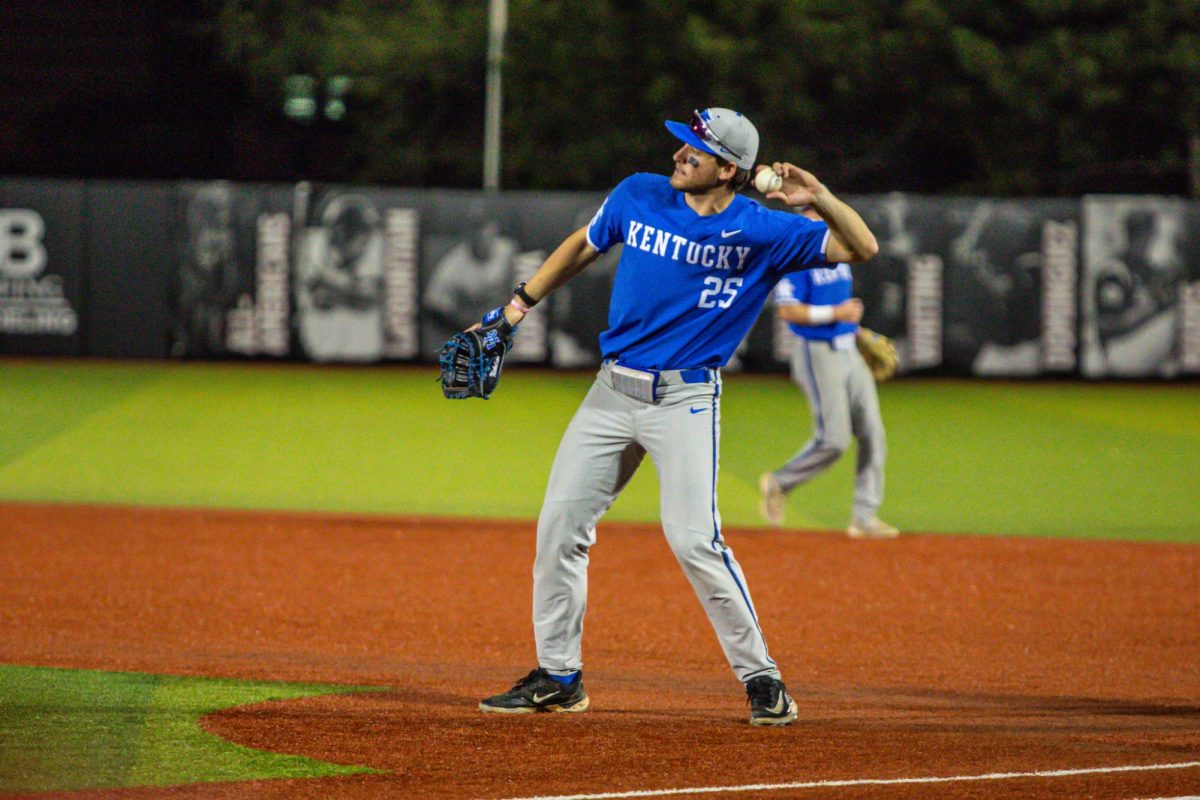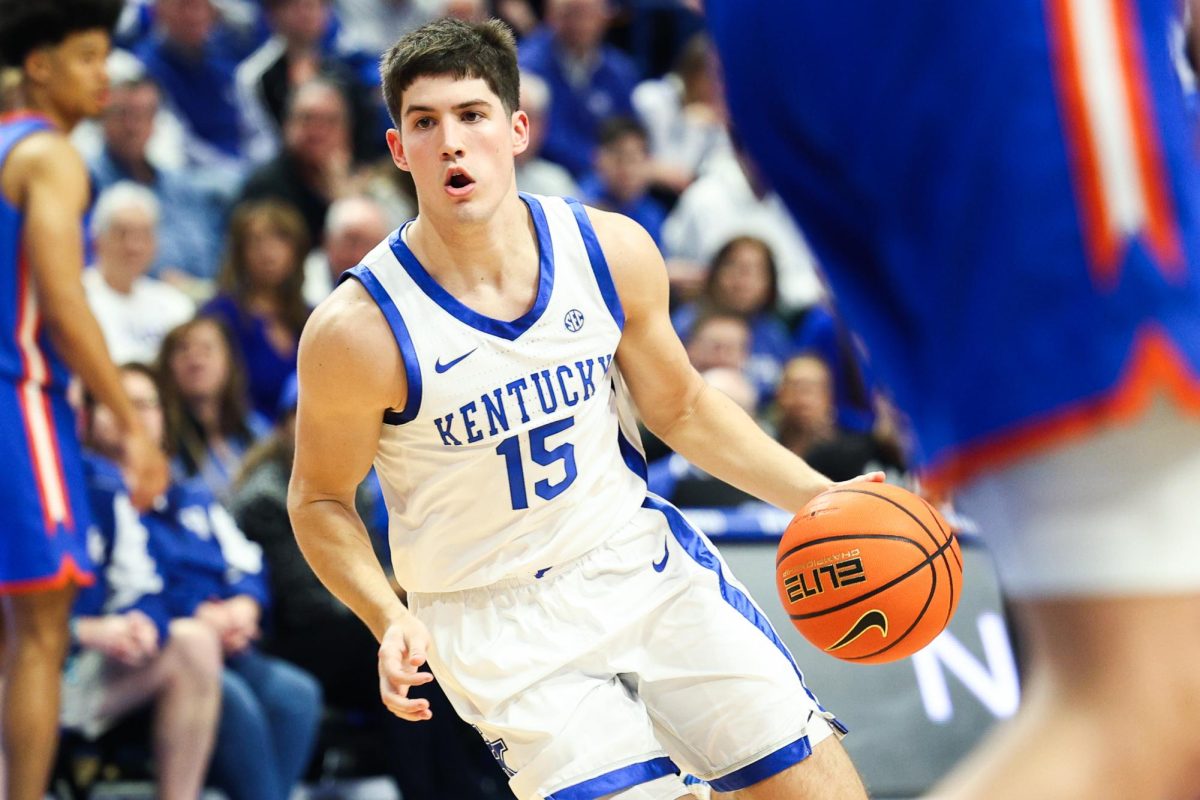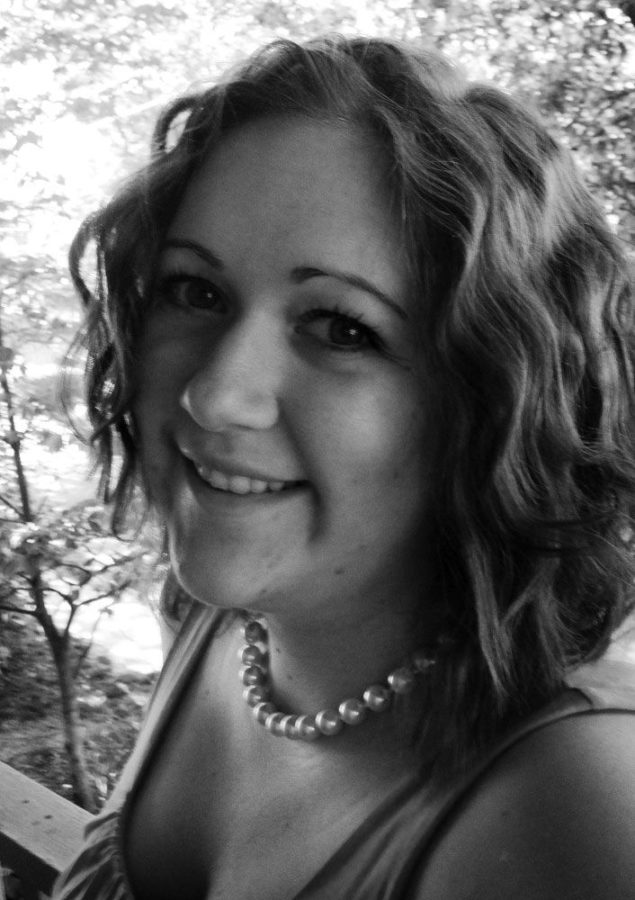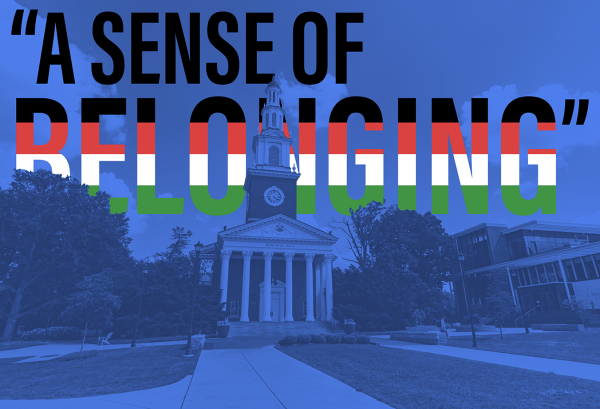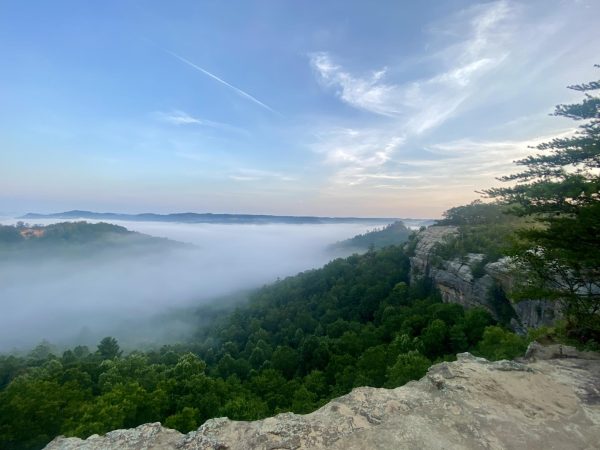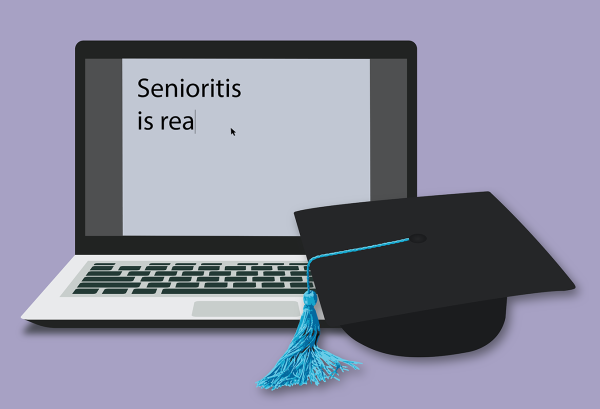From one UK to another: Heading to a highland hoedown
January 31, 2012
This past month, I had the opportunity to participate in one of Scotland’s most fun (and sweaty) traditions — a ceilidh.
Derived from Gaelic terminology meaning “gathering,” ceilidhs (pronounced kay-lees or kay-lays) traditionally involved the telling of stories and the singing of songs among friends. However, in modern day, ceilidhs have evolved into social parties where vibrant folk music is played and Scottish dances are danced.
For those of you thinking “square dance,” you are heading down the right track — but replace the cowboy boots and belt buckles with kilts and knee socks.
At my first ceilidh, I arrived at the National Piping Centre in Glasgow, a place where I like to think all the little bagpipes of the world are born and given their own unique melodious screech. In reality, it’s a training school for people interested in learning the art of the instrument, as well as a museum and an event venue.
I was attending this ceilidh with a large group of my fellow American Fulbrighters, which made the experience even grander, since practically none of us knew what we were in for and were of equally lacking ceilidh-ing ability. We had just figured out how to pronounce the word, for goodness sakes.
Our room for the evening was set with an open dance floor and a stage with a live band, including fiddle, guitar and percussion. After a nice dinner (haggis, neeps and tatties, of course), we all gathered on the dance floor and looked around aimlessly for someone to tell us what to do.
Someone better help this group out otherwise we might just take the safe route and break into the “Electric Slide.”
Luckily, a dance instructor for the evening emerged (known as a ceilidh caller), who graciously taught us the steps to several common dances. Dances both involved a single partner or groups of people, and uniformly required the stamina of a marathon-runner and the ability to twirl around in circles endlessly without vomiting the previously consumed haggis on the floor.
Luckily there were no such incidents, and we danced our little American hearts out for the next two hours to dances such as “The Flying Scotsman” and “The Gay Gordons.”
There were multiple collisions had among the arms and legs being flung about, but the smiles and belly-laughs were far more consistent.
Finally, the evening came to a close, and ended traditionally with the linking of hands among friends and singing of “Auld Lang Syne” (a Robert Burns poem).
I lost the feeling in my toes the next morning and suffered from mild dehydration, but I’ll give it to the Scots — these people sure know how to have a good time.
For more information on the US-UK Fulbright Commission, visit fulbright.co.uk.








































